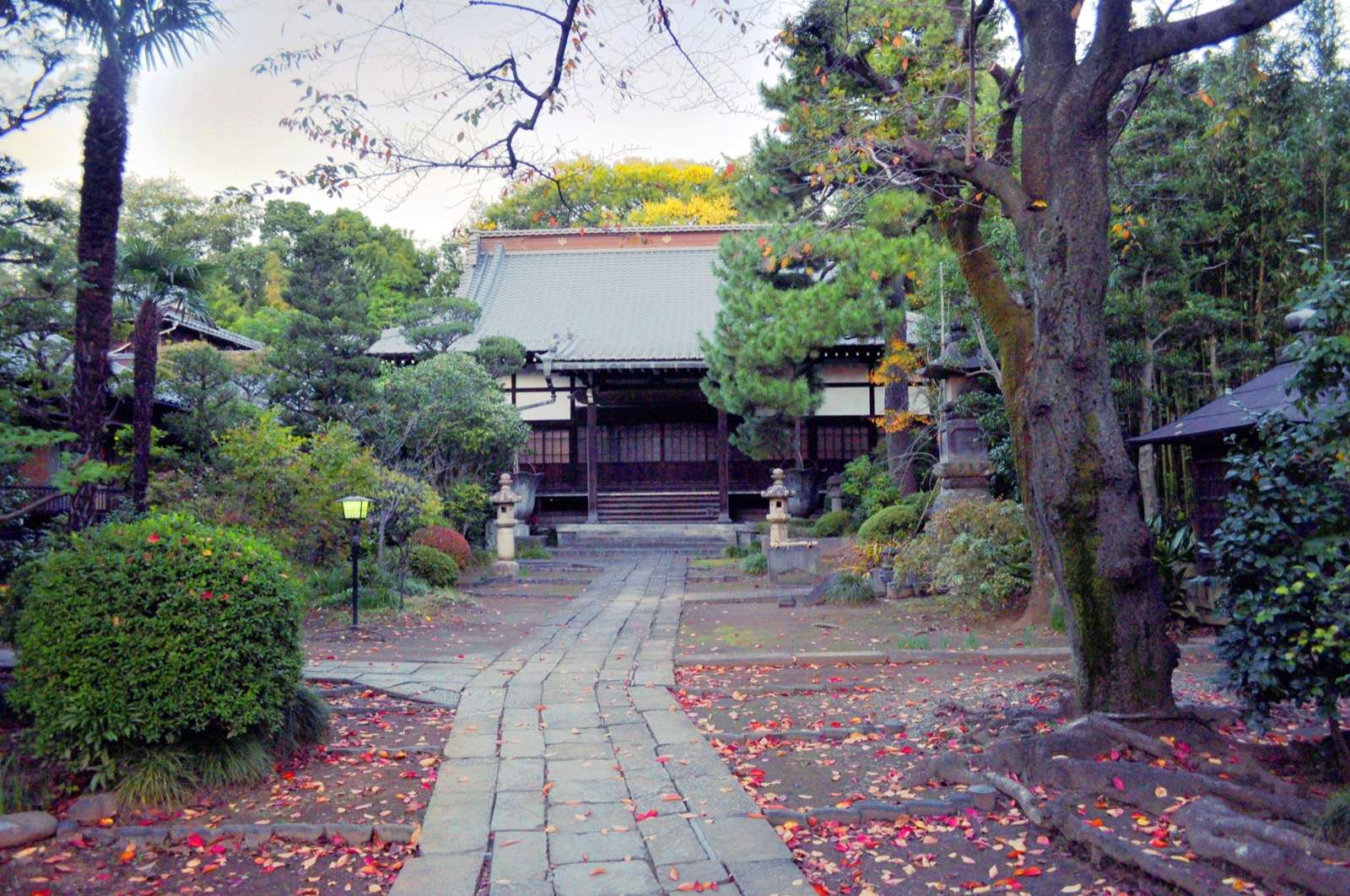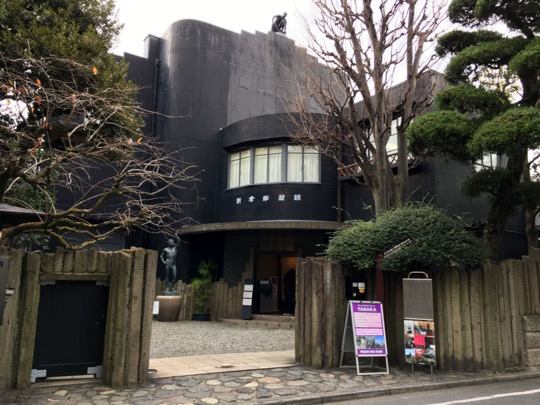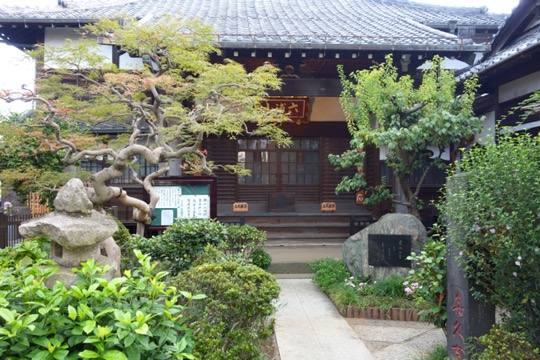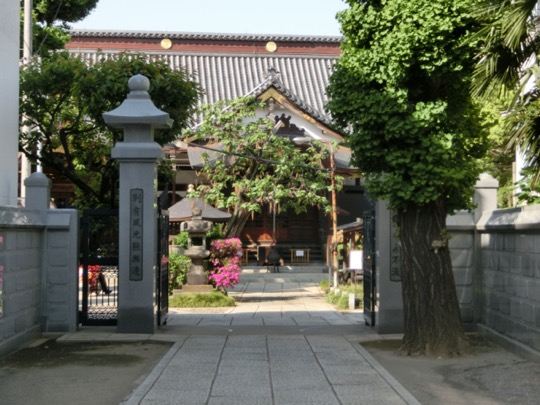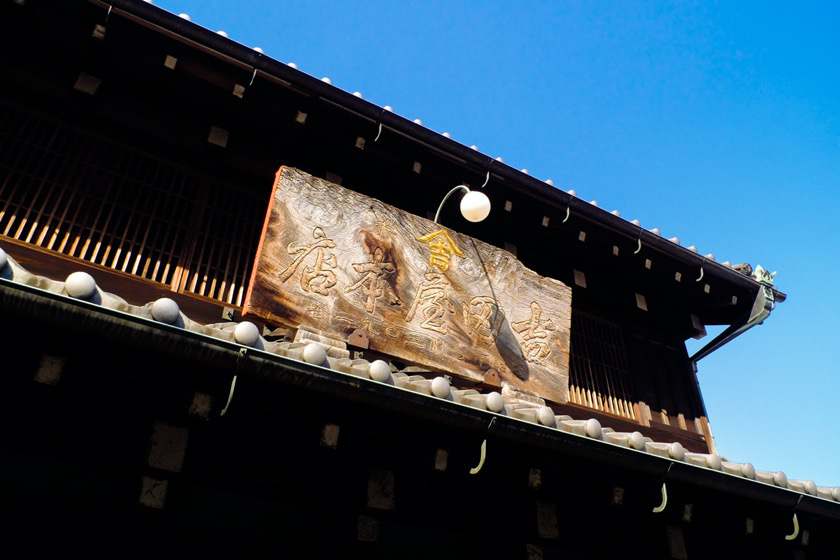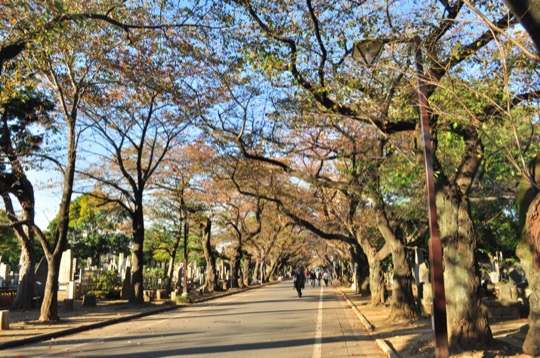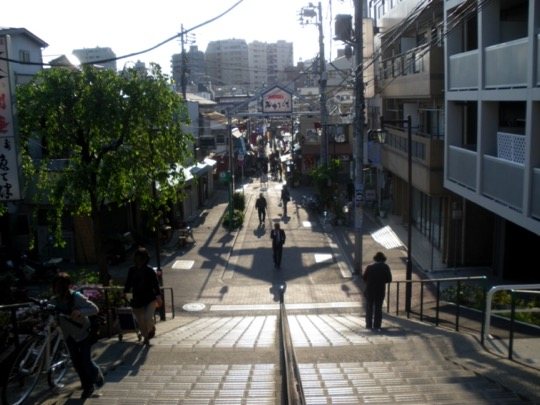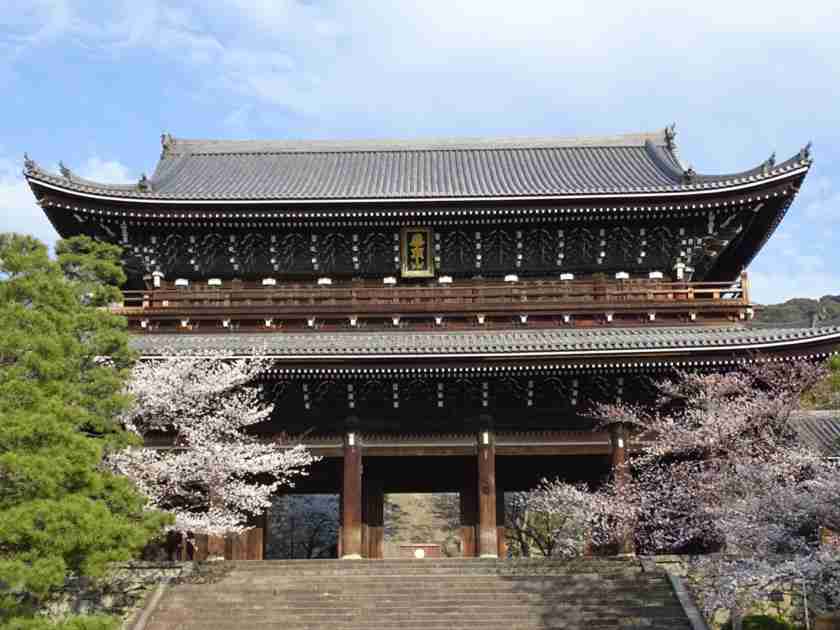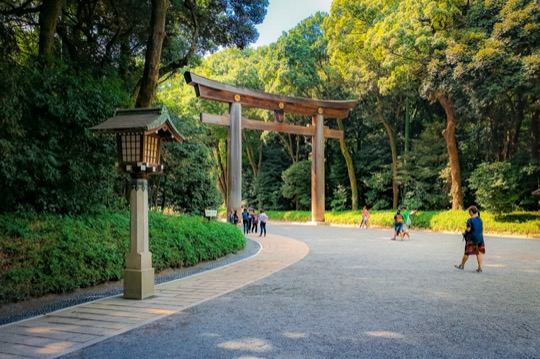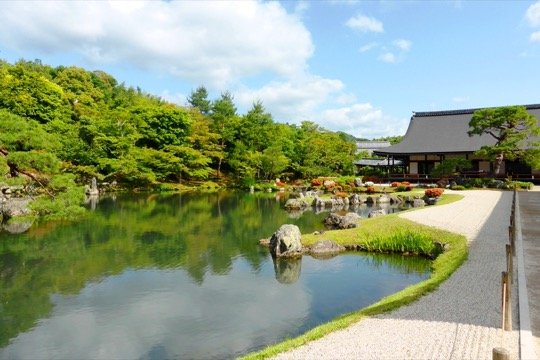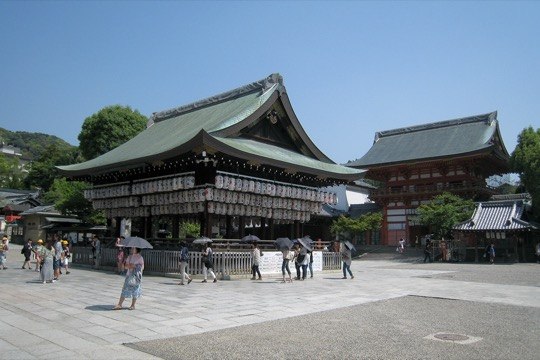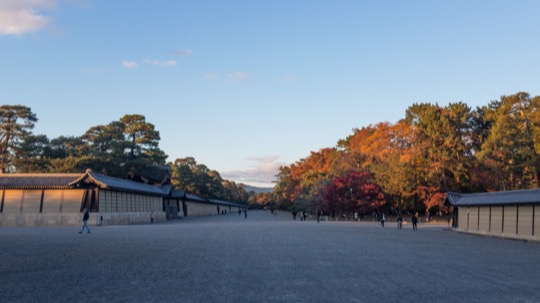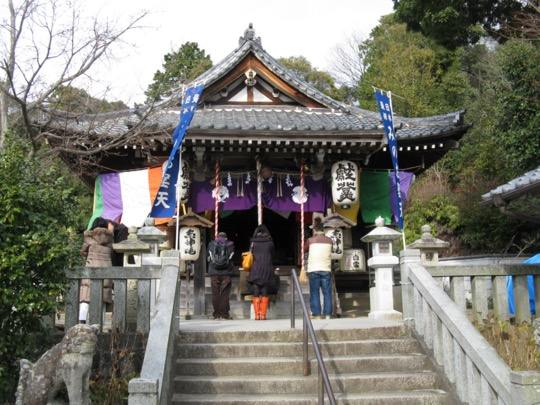Rinkoji Temple
Founded 1630 featuring historic cultural assets, including the grave of the notable Confucian scholar Gamo Kimpei.
On This Page
Rinkoji Temple is a cultural and historical site in Taito-ku, Tokyo. Established in 1630 by Keizan Sokei, the 206th head priest of Daitokuji Temple, this Rinzai sect temple hosts graves and artefacts of historical significance. It was relocated in 1681 and has since continued to serve the local cultural and religious community.
Initially located beside Shinobazu Pond and called Rinko-an, the temple’s move to its current location in 1681 marked a new chapter in its existence, now known as Rinkoji. Its ties to the Daitoku-ji school of the Rinzai sect reflect its place within a broader Zen Buddhist context.
Rinkoji’s historical significance is exemplified by the grave of Gamo Kimpei, a recognized Confucian scholar, which has been designated a Historic Site, Place of Scenic Beauty, and Natural Monument since 1942. Additional cultural assets include a colored ink painting on silk of a skull, listed in 2000, and a silk portrait of Keizan Sokei with his handwritten posthumous testament, listed in 2007. Both items are recognized Tangible Cultural Properties managed by Taito Ward.
Beyond housing artefacts, Rinkoji remains an active part of the religious life in the community, contributing to the preservation and promotion of cultural heritage in the area.
Visitors to Rinkoji Temple can view the cultural assets, such as the silk painting and the portrait of Keizan Sokei. The gravesite of Gamo Kimpei offers insight into the interplay between Japan’s religious and intellectual traditions.
Getting There the easiest way to reach Rinkoji Temple
Around Rinkoji Temple
Nearby in Tokyo the best attractions close to Rinkoji Temple
Asakura Museum of Sculpture
Modern Japanese Sculpture and the Legacy of Fumio Asakura
Enjuji Temple
A historic temple associated with blessings for leg and foot health since the 17th century.
Kokozan Daienji Temple
Historic sanctuary of Nichiren Buddhism with ties to ukiyo-e and the Sengoku-era.
Yanaka Cemetery
A final resting place amidst Tokyo’s cherry blossoms, home to the legacy of the Tokugawa shoguns
